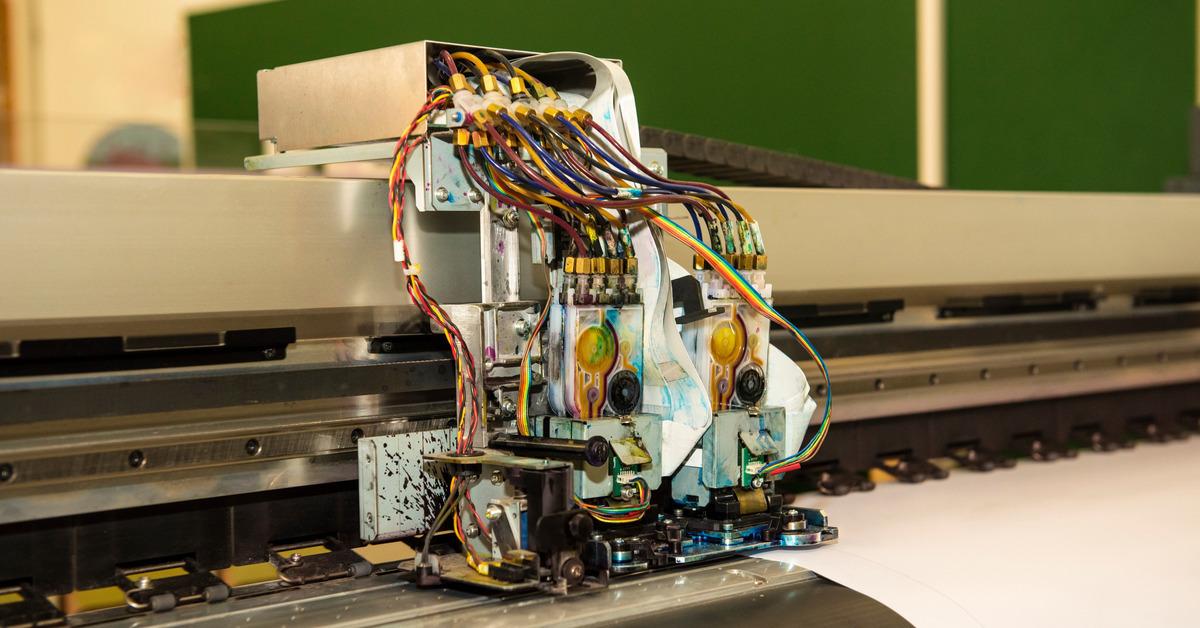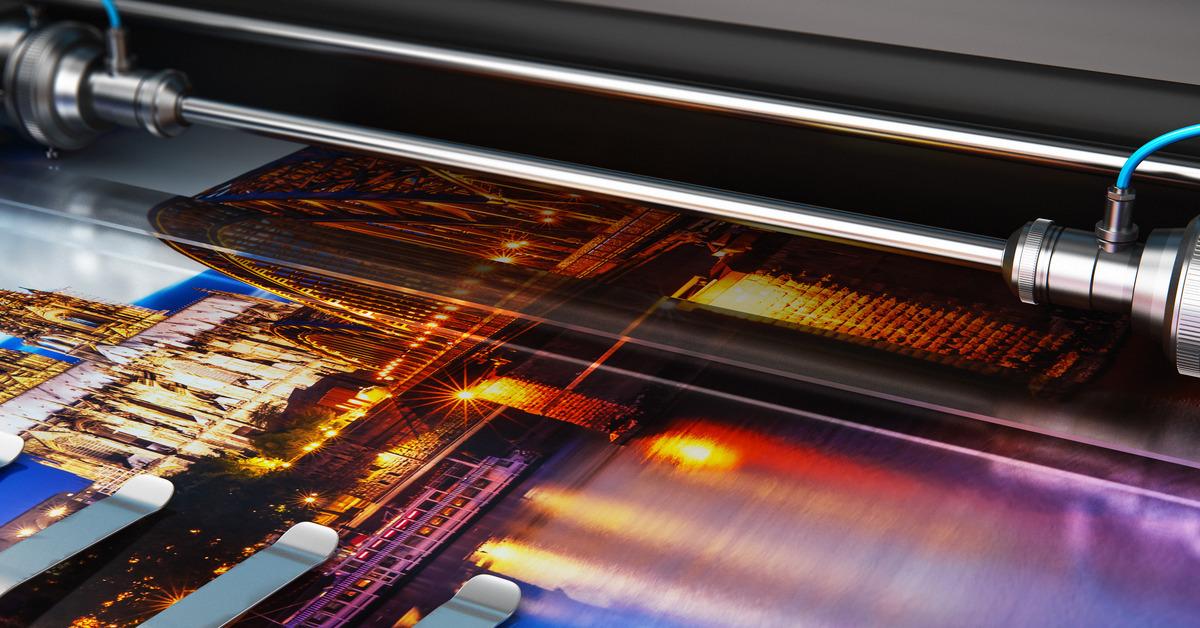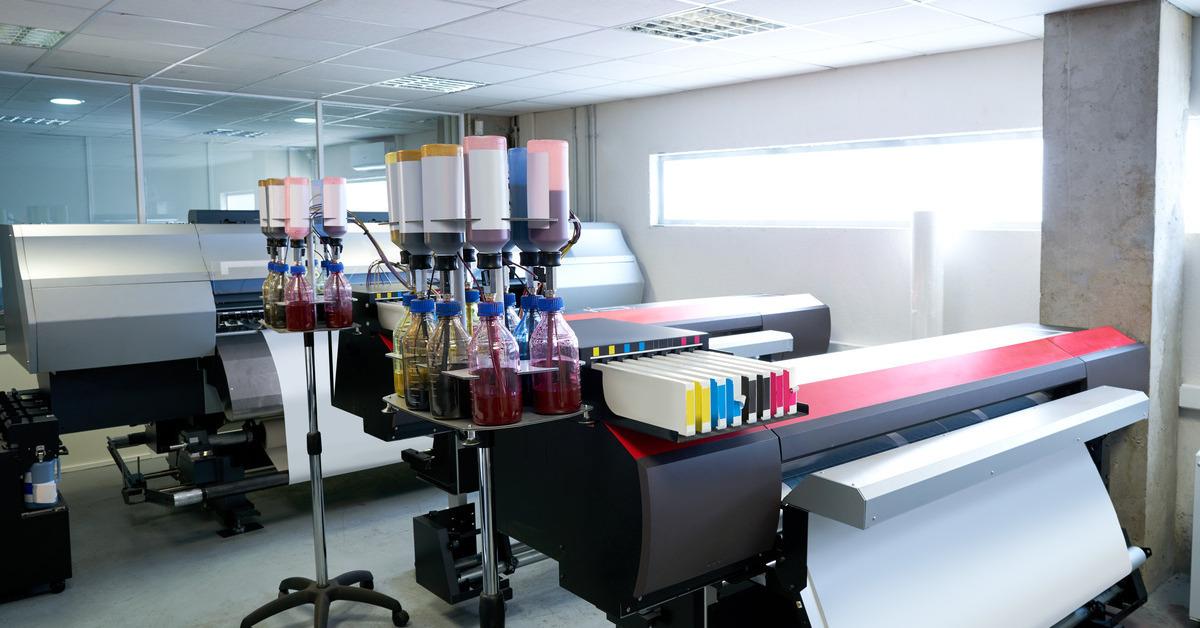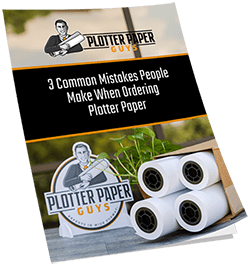When it comes to achieving high-quality prints, the method you choose will speak for itself. Two common approaches are single-pass and multiple-pass printing. Each comes with its own unique workflow, speed, and application benefits, making them suited for different tasks.
Understanding the differences between these two processes will help you make more informed choices for your next project. Let’s take a closer look.
What Is Single-Pass Printing?
Single-pass printing refers to a highly efficient printing method where the printhead moves just once across a medium to complete an image. Unlike traditional multi-pass printing, where the printhead makes several passes to layer colors and details, single-pass printing achieves everything in one swift motion.
This approach provides speed while maintaining precision, as all the necessary colors and details are deposited simultaneously. It’s a great asset for high-volume printing tasks, reducing production time and delivering stunning results. Perfect for industries requiring quick turnaround times, this method has been pivotal for printing efficiency.

How Single-Pass Printing Works
A single-pass printer is typically equipped with multiple nozzles stationed across the printhead. These nozzles spray ink directly onto the paper (or other media) at the same time and in the precise areas required. This creates a full-color and detailed print in one continuous movement.
This process is often used in industrial or high-volume printing environments, where speed is the biggest priority. For instance, a company producing hundreds of posters or packaging labels can benefit tremendously from the power of single-pass printing.
Where Single-Pass Printing Shines
Let’s talk about performance. Because it’s built for speed, single-pass printing performs exceptionally in the following cases:
- high-volume printing projects
- tasks where large areas of consistent color require quick coverage
- commercial printing presses producing packaging, labels, and signage
However, while single-pass printing delivers on speed, the quality can sometimes vary depending on the printer and the settings. Fine details may or may not come out as crisp depending on the medium. Choosing the right material, such as 20–pound uncoated bond paper, can help produce clean and professional outputs.
What Is Multiple-Pass Printing?
Multiple-pass printing, on the other hand, emphasizes accuracy and quality over speed. This method involves the printhead moving over the medium multiple times, carefully applying different layers of color or adding finer details with each pass. By gradually building up the image, this technique allows for smoother color transitions, sharper edges, and an overall more refined final product.
Think of it as a deliberate and meticulous approach, where every pass adds to the quality of the output. It’s the perfect choice for projects like high-end photography prints or professional graphic designs that demand attention to detail, vibrant color accuracy, and a flawless finish. While it may take more time than single-pass printing, the results are unmatched in terms of craftsmanship.

How Multiple-Pass Printing Works
Unlike single-pass printing, multiple-pass printers rely on fewer nozzles and make several rounds to build up the print. Each pass adds more depth, color, and clarity to the piece until the final image is complete.
For example, an architectural firm printing detailed construction blueprints or an artist creating fine art prints would benefit from the clear, crisp results provided by this process.
Best Uses for Multiple-Pass Printing
So where does it work best? The slower but more accurate multiple-pass printing is perfect for:
- large-format posters with high-resolution details
- artwork where color shading and texture are essential
- blueprints, technical drawings, and precise schematics
With that said, keep in mind that multiple-pass printing takes more time. This is where planning and turnaround expectations should factor into your workflow.
The Key Differences Between Single-Pass and Multiple-Pass Printing
Like any valuable tool, you’ll want to use these techniques appropriately. Now that we’ve explored how each method works, let’s compare them side by side:
- Speed:
- Single-pass printing: Extremely fast, perfect for high-volume printing.
- Multiple-pass printing: Slower but prioritizes precision.
- Quality:
- Single-pass printing: Great for most commercial tasks.
- Multiple-pass printing: Delivers high detail and sharp images.
- Typical application:
- Single-pass printing: Ideal for packaging, labels, and posters.
- Multiple-pass printing: Best for blueprints, fine art, and technical drawings.
- Ink usage:
- Single-pass printing: Efficient ink usage in one go.
- Multiple-pass printing: Gradual layering of ink for detailed results.
Both methods are effective, and the best choice depends on the project you’re tackling. For instance, if you’re printing thousands of flyers for a promotional event, single-pass might be your best bet. However, if you’re creating a detailed map or intricate poster design, multiple-pass printing will deliver the results you need.
Choosing the Right Materials for Printing Success
No matter which printing method you choose, your material selection determines the final output quality. Different materials can affect how the design appears.
For instance, uncoated bond paper is a highly versatile and widely used option for large-format printing. This paper delivers clean, professional results and works seamlessly for a variety of applications. Whether you’re printing construction schematics, detailed technical drawings, or vibrant, eye-catching posters, this material provides a reliable foundation for high-quality results.
If you’re unsure which paper type is best for your project, our team at Plotter Paper Guys is your resource. We specialize in helping customers select premium paper tailored to their needs so their prints look their absolute best every time.
Why Understanding These Methods Matters
Knowing the differences between single-pass and multiple-pass printing helps you do more than just choose between speed and quality. It gives you an understanding of how to balance project requirements, deadlines, and available resources to make the most efficient and effective choice for your needs.
Single-pass printing is ideal for situations where speed is a top priority. This method quickly produces professional-grade results, making it a go-to option for high-volume projects or tight deadlines. Despite its rapid pace, single-pass printing doesn’t compromise usability, offering consistent and reliable outputs for various needs.
Multiple-pass printing, on the other hand, focuses on achieving the highest level of detail and precision. This method is perfect for specialized projects where everything must be flawless. It’s often favored for tasks like art reproductions, detailed architectural plans, or vibrant marketing materials where the finer details make all the difference.
By carefully selecting your printing method and materials, you lay the groundwork for outstanding results. With the right strategy, you’ll be set up for success every time.
Make Your Printing Process Efficient and Accurate
Different projects call for different methods. Understanding the nuances of your equipment can save you headaches, time, and resources in the long run. By leveraging each technique strategically, you’ll be able to bring any creative or technical vision to life without a hitch.
Next time you kick off a printing project, take a moment to evaluate your goals. Is speed the top priority? Or are you working on a piece where details are the focus? The answer will guide you in choosing between these two effective printing approaches.






